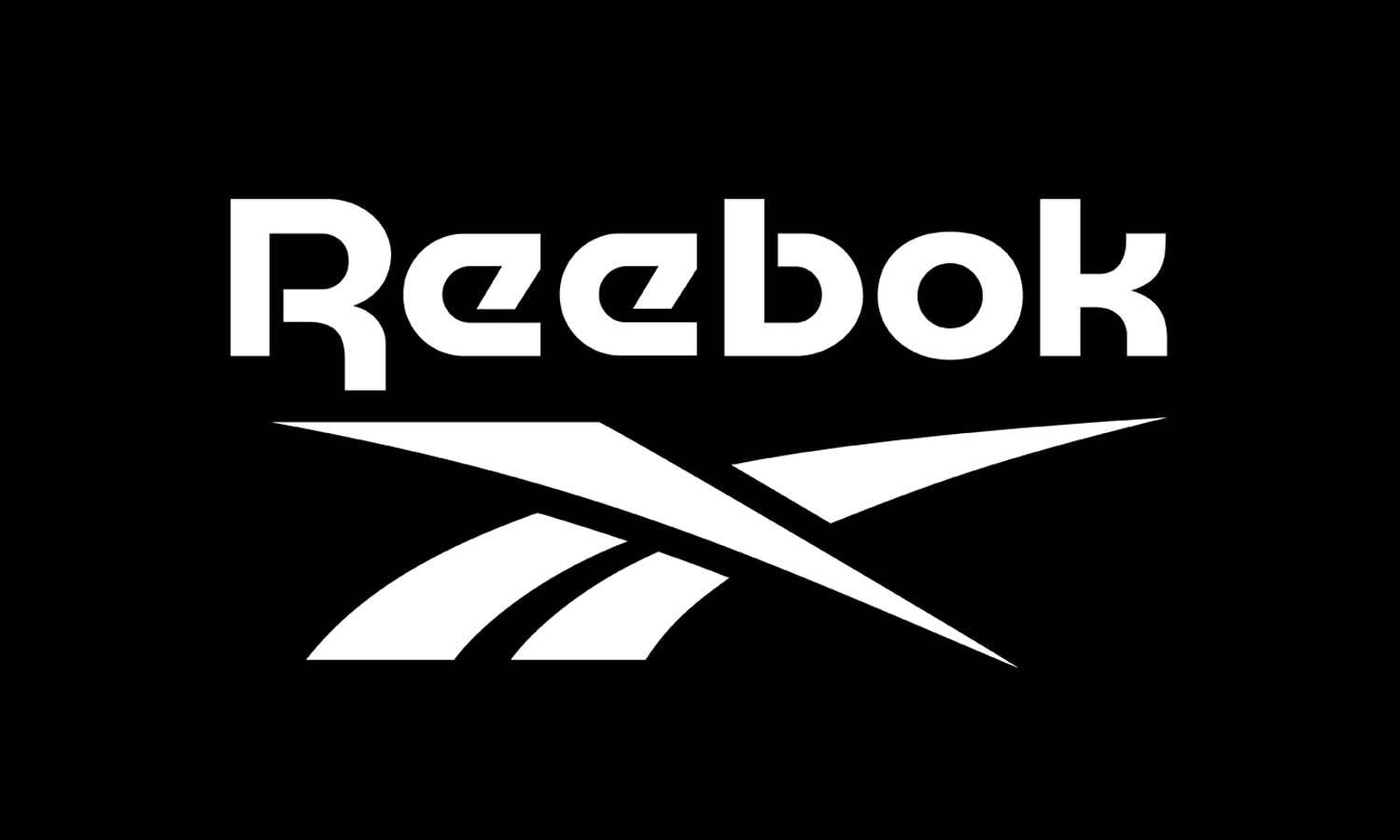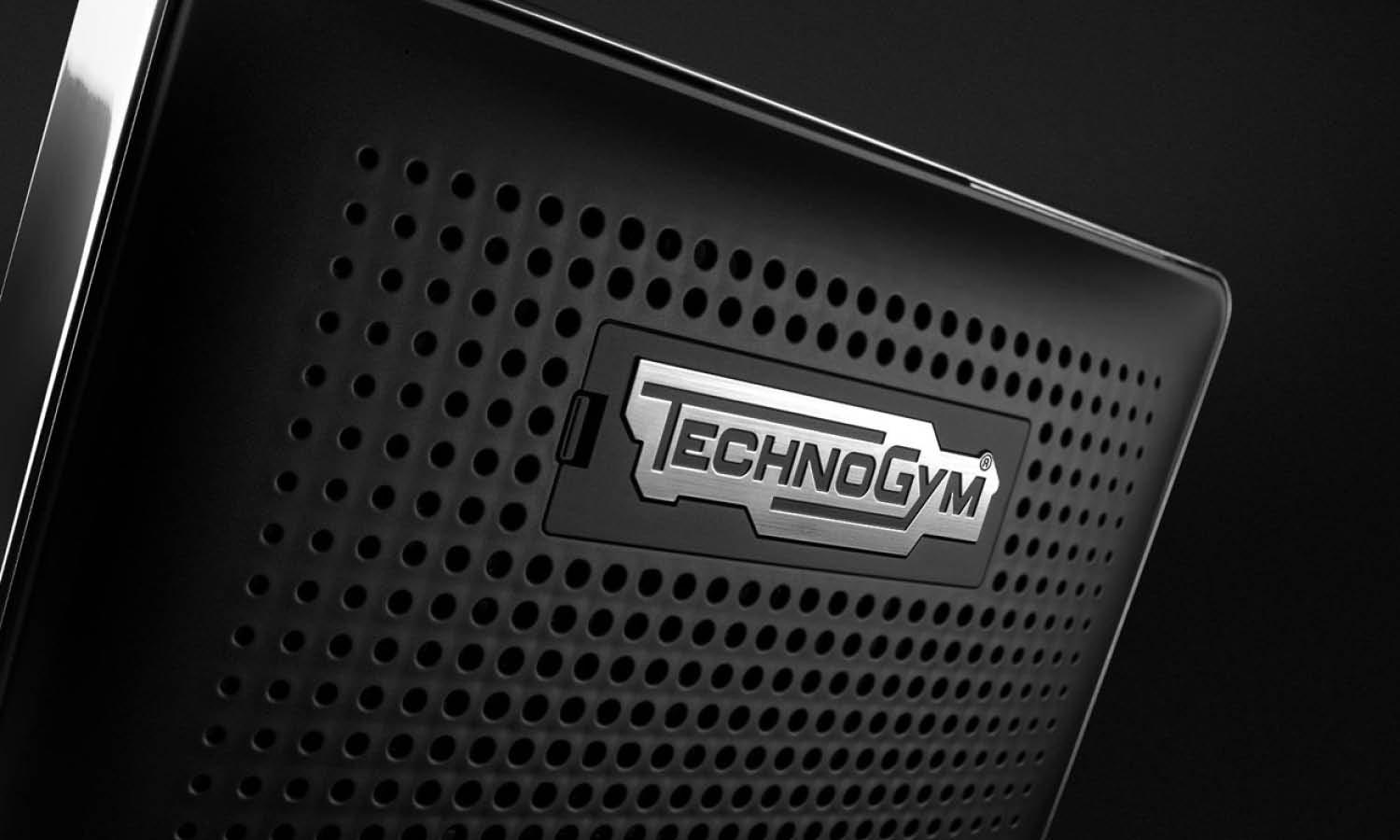New Balance Logo Design: History & Evolution

Image Source: https://www.instagram.com/newbalance/ | Image Courtesy: New Balance
In the world of athletic wear, few logos have stood the test of time quite like the New Balance "N." As a graphic designer, you know that simplicity often trumps complexity, and the New Balance logo design is a testament to that ethos. Since its inception, the iconic "N" has remained more or less consistent, embodying the brand's commitment to quality, function, and timeless style. But don't be fooled by its straightforward appearance; the logo has a rich history and has undergone subtle evolutions that mirror the brand's growth from a humble arch support company to a global footwear giant.
Why is this logo so effective, and what can we as designers learn from its decades-long resonance with consumers? In this article, we'll take a deep dive into the history and evolution of the New Balance logo design. Whether you're working on branding projects or simply a fan of design that endures, there's something to be gleaned from New Balance's emblematic "N." So sit back, grab a cup of joe, and let's unravel the design secrets behind one of the industry's most enduring symbols.
New Balance Logo Design History
1972 - 2006
The good ol' days of New Balance. Let's hop into the time machine and set the dial to 1972, a significant year in the brand's journey and a milestone for New Balance logo design. Picture this: bell-bottoms were in style, and New Balance was ready to break the mold with something striking. Although the company had been around since 1906—yeah, you heard it right, 1906—it wasn't until '72 that it unveiled its first notable logo.
So what did the logo look like? At a cursory glance, you might think, "Hey, that's pretty much the same logo they have now!" But squint a bit, zoom in, and you'll notice some fascinating subtleties. The original design featured the initials "N" and "B" blended together in an artistic fusion. And then there were the speed marks—twelve of them to be exact—slashed right across that "N." These little wings made the logo not just a static letter but a dynamic, kinetic symbol. It was as if the "N" was dashing forward with unparalleled agility. This gave the logo a distinctly sporty feel, precisely mirroring the brand's ethos.
You can't ignore the brand name either. Placed just below the emblem, the company name served as the solid foundation upon which the flashy "NB" stood. This layout offered a harmonious balance (no pun intended) between the dynamic icon and the static text, creating a complete visual story that was both exciting and rooted.
Here's why this version of the New Balance logo design was sheer genius: it embodied motion, something that's integral to the world of athletics and sports. Every element, from the flowing wings to the fusion of the "N" and "B," communicated motion and speed. Remember, we're talking about a time when brands were deeply exploring visual identities to resonate with their audience. New Balance knocked it out of the park, making a statement that it wasn't just another shoe company—it was a brand about performance, about dynamic motion.
Now, flash-forward to 2006. The logo has gone through evolutions, but the essence remains. While some might see these changes as small, in the universe of branding and graphic design, they are monumental. It's like tweaking the Mona Lisa's smile; the impact goes far beyond pixels and vectors.
So for all you design aficionados, the 1972-2006 era of the New Balance logo design offers invaluable lessons in the art of maintaining brand identity while adapting to the ever-changing landscape. Take notes, folks; this is how you keep a century-old brand not just alive, but sprinting ahead.

Image Courtesy: New Balance
2006 - 2008
Alright, let's turn the page and zoom in on a rather curious chapter in the New Balance logo design saga—the years 2006 to 2008. By this time, the brand had already amassed a cult following and had established itself as a bigwig in the athletic footwear game. You'd think they'd sit tight with what's been working for decades, right? Nope! Because as any seasoned graphic designer will tell you, brands need to evolve, albeit cautiously, to stay fresh and relevant.
First up, let's talk about the speed marks, or the wings, on the 'N'. Remember the adrenaline-pumping twelve marks from the original design? Well, they were chopped down to just seven. Yep, the reduced speed marks simplified the logo while still maintaining that notion of motion and dynamism. Seven still worked like a charm, exuding the sporty vibe we've come to associate with New Balance.
Now, hold onto your color wheels, folks! The 2006 logo didn't just stick with the old-school black-and-white palette. Instead, it got a dash of red. The "NB" went all rouge, adding a bold burst of color that gave the logo a rejuvenated and modern feel. Meanwhile, the text "New Balance" stayed black and was positioned below, grounding the lively 'N' and 'B' duo. This red and black combo injected new life into the brand, making it pop more than ever, yet keeping it classy and not straying far from its roots.
This period also reflects a broader shift in graphic design trends, where simplicity met bold accents to align with digital media demands. Design decisions weren’t just about aesthetics—they responded to evolving branding standards and the need for logos to scale well across new platforms, like websites and social media profiles.
Why is this phase crucial in understanding the nuances of New Balance logo design? Well, it shows how a brand can adopt modernity without losing its core identity. It's a testament to how small shifts—like a color change and reducing the number of elements—can make a massive impact. The red emphasized action, energy, and excitement, fitting perfectly with a brand that has 'balance' in its name but is all about keeping you on your toes, literally!
So, for the design nerds among us, the 2006-2008 New Balance logo is a textbook case of calculated evolution. It retained the vital components that made the original design iconic, while the tweaks made it more attuned to the aesthetic sensibilities of the 21st century. It's like the brand got a modern haircut but kept its signature style intact, making it a perfect lesson in how to refresh without a complete overhaul.
So whether you're rebranding a startup or wrestling with a legacy brand's visual identity, remember: sometimes less is more, and change—when done right—can be a good thing. That's the 2006-2008 New Balance logo design in a nutshell: a masterclass in brand evolution.

Image Courtesy: New Balance
2008 - Present
Alright, folks, grab your styluses and sketchbooks because we're diving into the most recent chapter of the New Balance logo design journey—2008 to the present day. By this point, New Balance is far from being the new kid on the block. They've got decades of brand identity, a cult following, and a visual language that's both sporty and iconic. So, what did they do? They decided it was time for another tweak, of course. But as we know, in the realm of graphic design, even a 'tweak' can speak volumes.
First off, let's hit the speedway—the speed marks, that is. The twelve became seven, and then the seven morphed into a lean, mean five. Ah yes, the streamline game is strong with this one. The reduction to five speed marks has arguably made the "N" even more streamlined, modern, and adaptable across various platforms. In today's era of minimalism and responsive design, this version stands as a subtle nod to the "less is more" philosophy. Yet, it holds onto the essential character of motion and speed that has been the lifeblood of the New Balance logo design.
Now, about the lettering. While the typical setup still includes the words "New Balance" beneath the emblem, the brand has also dabbled in versions featuring just the iconic "N" and "B." Talk about versatility! This stripped-down version lets the brand play around with a wider range of applications, from shoe tongue tags to social media icons, without losing an ounce of its essence.
So, what can we, as graphic designers, glean from this evolutionary tale? For starters, the enduring adaptability of the New Balance logo design stands as a testament to thoughtful, purposeful design. It shows that subtle changes can yield compelling results without jeopardizing brand identity. You don't always need a design revolution; sometimes a design evolution is all that's needed to keep a brand current while respecting its heritage.
Moreover, the logo's adaptive quality—being able to stand alone as an "N" and "B" or coexist harmoniously with the full brand name—is a lesson in modern design thinking. It emphasizes adaptability and scalability, essential considerations in our multi-screen, multi-platform world.
So there you have it, the 2008 to present-day phase of New Balance logo design is not just a study in simplification but also in intelligent design adaptation. It’s proof that small, calculated changes can have a lasting impact, making a well-established brand feel fresh and up-to-date while remaining unmistakably, well, New Balance. It's like meeting an old friend who’s had a slight but impactful makeover—you recognize them instantly, yet can't help but admire the new look. Keep this in mind the next time you're tasked with evolving a brand's legacy.

Image Courtesy: New Balance
Analysis: New Balance Logo Design Evolution
By now, we've walked through the fascinating timeline of New Balance's logo design—from its inception in 1972, through its vibrant years in 2006-2008, to its modern incarnation that we see today. It's been a compelling saga that showcases the brand's artful dance between staying true to its roots while adapting to the ever-changing design landscape. In this section, we'll delve into an analysis of the New Balance logo design evolution, breaking it down into five key points that every graphic designer should take note of. So grab that favorite pen of yours, and let's dive in!
Simplicity is Timeless
The New Balance logo never strayed into complexity. Its enduring nature is proof that simplicity is timeless, especially in logo design. The minimalist "N" and "B" initials are instantly recognizable and easy to adapt across multiple platforms, a crucial factor in today's diverse media environment.
Adaptive Versatility
New Balance shows us that a strong logo can be incredibly versatile. From the shoe tongue to billboards and digital platforms, the design scales beautifully. The modern versions even allow for the logo to stand alone without the company name, giving it exceptional flexibility for various applications.
Consistency Maintains Brand Identity
Changes were made over the years, but the core elements—the "N," "B," and the speed marks—have always remained consistent. This consistency has been instrumental in building a strong brand identity that consumers can recognize in the blink of an eye, a key factor for long-term brand success.
Subtle Evolution
Each change to the New Balance logo design has been subtle, from the number of speed marks to the color scheme. This serves as a lesson in how to evolve a logo smartly without shocking your audience and sacrificing brand equity. In a way, it's like aging gracefully; it's about small, calculated changes that make all the difference.
The Power of Color
The introduction of red in the 2006 version and its later iterations was a game-changer. It shows how color can breathe new life into a design without altering its foundational elements. The use of color not only modernized the logo but also added layers of meaning, such as energy, passion, and action.
So, there you have it—the evolution of the New Balance logo design is more than just a series of aesthetic changes. It's a comprehensive strategy that reflects modern design thinking: simplicity, adaptability, consistency, calculated evolution, and the strategic use of color. It's like a masterclass in how to age like fine wine in the ever-changing world of branding and design. If you're about to embark on a logo design or rebranding project, you might just want to keep these five pointers in your back pocket. Trust me, they're golden nuggets of wisdom!

Image Source: https://www.instagram.com/newbalance/ | Image Courtesy: New Balance
The Philosophy & Meaning Behind New Balance Logo Design
Hey there, design buffs! So, we've dissected the New Balance logo's chronological evolution and even crunched it down into some pretty nifty analytical points. But let's take a breather and ask: What's the soul of this iconic design? What does it communicate at its core? In this segment, we'll dive into the philosophy and meaning behind the New Balance logo design. As creatives, we know a logo isn't just a pretty picture; it's the face of a brand's inner values, story, and mission. So sit back and let's peel back the layers to uncover the five philosophical elements that make the New Balance logo a design powerhouse.
Embodying Movement
The speed marks, or wings, that accompany the "N" aren't just there for visual flair; they speak to the brand's core philosophy of movement and speed. Whether it's running or cross-training, the New Balance logo embodies the dynamic motion central to athletics and an active lifestyle.
Achieving Balance
The "N" and "B" are more than just initials; they stand for 'New Balance'—a clear nod to the brand's commitment to providing footwear that offers balance and support. The very layout of the logo, where the dynamic 'N' is balanced by the static brand name, is a visual representation of this philosophy.
Built on Heritage
New Balance has a rich heritage, originating from the early 20th century. The consistent elements in its logo design, particularly the "N" and "B," have remained almost unchanged since 1972, subtly communicating the brand's long-standing reputation and trustworthiness.
The Spirit of Modernity
While heritage plays a big role, the New Balance logo has never been averse to modern tweaks—be it in the color scheme or the number of speed marks. This willingness to adapt and modernize shows a brand in tune with contemporary aesthetics and consumer expectations, all while maintaining its essential character.
Versatility in Application
The modern versions of the logo can be stripped down to just the "N" and "B" initials, making it highly versatile. This speaks to a forward-thinking philosophy, where the brand prepares itself for diverse applications in a digital-first world without losing its core identity.
There you have it, the New Balance logo design isn't just an exercise in aesthetics; it's a well-thought-out visual narrative that packs philosophy and meaning into every curve and color. From embodying movement to preserving heritage while embracing modernity, this logo is a lesson in how to create depth of meaning in design. And for those of you cooking up your own branding projects, let this serve as inspiration that a logo can—and should—be more than just eye candy. It should be the essence of the brand, condensed into visual form. Happy designing, folks!

Image Source: https://www.instagram.com/newbalance/ | Image Courtesy: New Balance
What Can We Learn from New Balance Logo Design
So we've navigated the history, the evolutions, and even dug deep into the philosophy behind the New Balance logo design. You're probably wondering, "What's in it for me?" Good news! There are some invaluable lessons we can take from this iconic brand's approach to logo design. Trust me, you'll want to jot these down or etch them in your designer's soul. So, here are five pivotal takeaways from the New Balance logo design saga that can be applied to pretty much any design project you tackle. Ready? Let's dive in!
The Beauty of Consistency
One of the standout lessons is that consistency is key. The "N" and "B" have always been there, reinforcing brand identity over decades. For your projects, this underlines the importance of a consistent design language for creating a memorable and enduring brand.
Adapt, Don't Overhaul
The New Balance logo has had its share of tweaks but never an outright overhaul. This teaches us that sometimes the best update is a subtle one, retaining the essence while adapting to contemporary aesthetics. So, the next time you're itching to redesign a logo, ask yourself, "Is an evolution better than a revolution?"
Context is King
From shoe tongues to social media icons, the New Balance logo works everywhere. Its versatility teaches us to design with context in mind. Always consider the various mediums your design will live in, and aim for a logo that's as versatile as it is striking.
Color Matters—A Lot
The introduction of color in the 2006 version added a new dimension to the logo. This tells us not to underestimate the power of color to inject new life into a design. Color can add layers of meaning, emotion, and modernity to even the most established logos.
Deeper Than Design
Perhaps the most profound lesson is that the New Balance logo isn't just about aesthetics; it tells a story and encapsulates a philosophy. Your designs should strive to do the same. Don't just aim for a design that's pleasing to the eye; aim for one that communicates the core values and essence of the brand.
And there you have it! Five potent lessons from the New Balance logo design journey that can guide you in your design adventures. Whether you're working on a brand-new startup logo or rejuvenating a century-old emblem, keep these lessons in mind. They're more than just tips; they're philosophies that can help you elevate your designs from good to iconic. Happy designing!
Conclusion
And there you have it, folks! From its iconic "N" and "B" initials to its evolving speed marks and thoughtful color choices, the New Balance logo design offers a treasure trove of lessons for us designers. It’s a brilliant example of how to balance heritage with modernity, functionality with aesthetics, and simplicity with depth of meaning. So, whether you're a seasoned designer or a newbie getting your feet wet, the New Balance logo serves as a masterclass in crafting logos that stand the test of time. Until our next design deep-dive, keep those creative juices flowing!
Let Us Know What You Think!
These fantastic logo design articles are written and curated by Kreafolk's team. We hope you enjoy our information and remember to leave us a comment below. Cheers!
















Leave a Comment